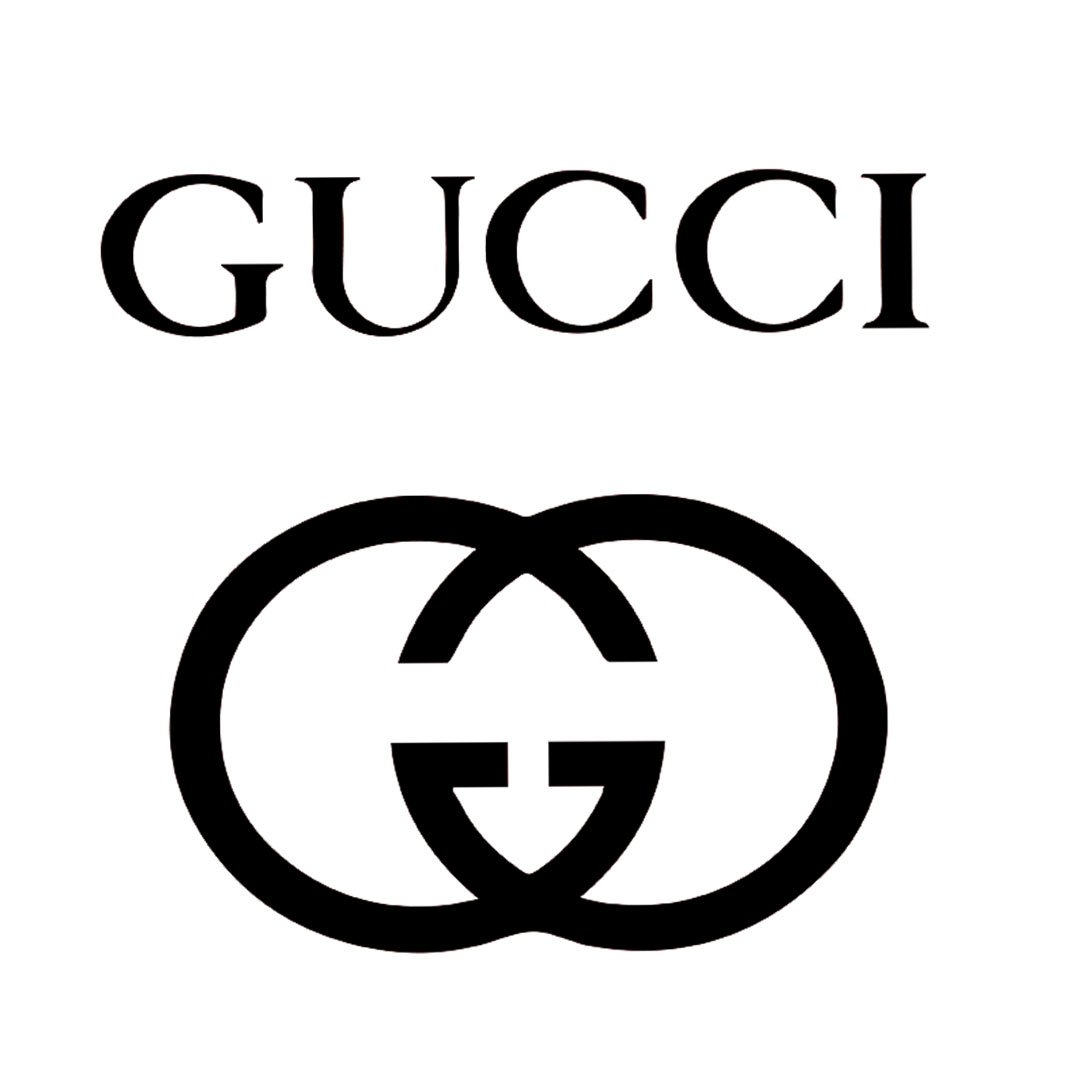G And Upside Down G Logo

We all know the logo. We all want the logo. Gucci currently has one of the most iconic logos in fashion history. But do you know the story behind it? Read on to see how the logo came to be and how other iconic Gucci emblems came to be through the brand's history:
Gucci was established by a man named Guccio Gucci. The Italian immigrant began the brand in 1921 after working in a Parisian hotel. The combination of having a leather craftsman father and seeing luxurious luggage within the hotels led Gucci to start his own high-end leather shop in Florence. Working in the hotels helped give Gucci an understanding of the luxury consumer – this influenced his brand decisions.

Interestingly, the brand operated without a logo until 1933 when one of Gucci's three sons, Aldo, designed the iconic double-G logo that represents his father's initials. The design is also said to represent the links of a bracelet – further emphasising luxury.

All of Gucci's sons, Aldo, Vasco and Rudolfo opened more Gucci stores within Italy, and it continued to grow from there. Gucci began experimenting with textiles and developed his initial print of brown interconnected diamonds on a woven hemp.
Guccio Gucci passed away in the early 50s at the same time as the golden age for the brand. They opened their first USA store in New York and American celebrities quickly attached themselves to the brand. 1951 is also the time that another crucial Gucci emblem was created: the red, white and green ribbon started being used by the company as an ode to Italy.

It was not until 1955 that the Gucci logo became a registered trademark. The logo was used as a print on canvas bags, luggage, small leather goods and initial clothing designs in the early 1960s. This print uses the logo with small changes: one G is right-side-up and the other is up-side-down. This is the print form of the logo that we are most familiar with today.

The stores keep opening and remain under the Gucci family through the 70s (the flagship in Hong Kong opened in 1974). This is until the investment corporation, Investcorp buys 50% of the company's shares in an attempt to revitalise the brand in 1989.

Dapper Dan (the father of logo-mania) emerged in the 1980s through utilising iconic logos (including Gucci) into his garments for rappers. This style of logo-covered streetwear made Dapper Dan famous in the New York hip-hop golden age (and now the modern fashion scene). It was not until recently that his efforts towards changing the fashion world were recognised by Gucci through a collaboration.

In 1990, in an iconic hiring decision, Tom Ford completely changed the brand image to a sexy, sleek and modern one. 1993 marks the year when the Gucci family officially transferred the rest of their shares to Investcorp (ending the Gucci Family involvement in the brand). Tom Ford utilised the less-is-more aesthetic of the 1990s through slinky dresses and controversial, sexual advertisement campaigns (anyone remember the pubic hair G?). The logo was used during this time, but an alternative since cubic G was also used through this period. After revitalising the Gucci brand, Tom Ford decided to leave in 2004.

2015 brought forth Alessandro Michele (the current Gucci creative director). He has completely relaunched the brand into a space of wonder, magic and playfulness, while still keeping iconic elements and logos sacred. The logo has gone under a small make-over as Michele introduced an interlocking GG logo where the Gs face the same way. This has not completely replaced the original logo, but continues to be featured on belt buckles, bags, etc. It is a representation of the new age of Gucci. This new age of Gucci is referential (hence, the Guccy line), collaborative and fun.

Today, the brand continues to flourish as an icon of luxury, uniqueness and Italian craftsmanship under the Kering Group. The logo-mania trend resurgence resulted in many old-style relaunches and revamps from Gucci – particularly their canvas mono-grammed bags.This new era of Gucci is said to be one of the most substantial fashion come-backs of recent history.
Be part of the Gucci history through HULA's picks:
 |  |  |  |
| GG Belt/Necklace | GG Faux Pearl-Embellished Leather Belt | GG Supreme Grey Fringe Scarf | GG Supreme Canvas Belt Bag |
 |  |  |  |
| Gucci Burgundy Horsebit Leather Slippers | EU 37 | Gucci Dionysus Bamboo Handbag | GG Supreme Pink Scarf | GG Supreme Canvas Monogramme bag |
 |  |  |  |
| Gucci Knitted Strip Top| S | GG Supreme Canvas Mules | EU 37 | Gucci Mini Skirt | M | GG Supreme Canvas Shoulder Bag |
 |  | ||
| Gucci Sleeveless Top | XS | GG Marmont Red Velvet Cross Body Bag |
> Shop All GUCCI
Sources: CR Fashion Book, Business Insider, WWD, New York Times
G And Upside Down G Logo
Source: https://thehula.com/blog/logomania-the-history-of-the-gucci-logo/
Posted by: hennesseybecomeavoing.blogspot.com

0 Response to "G And Upside Down G Logo"
Post a Comment